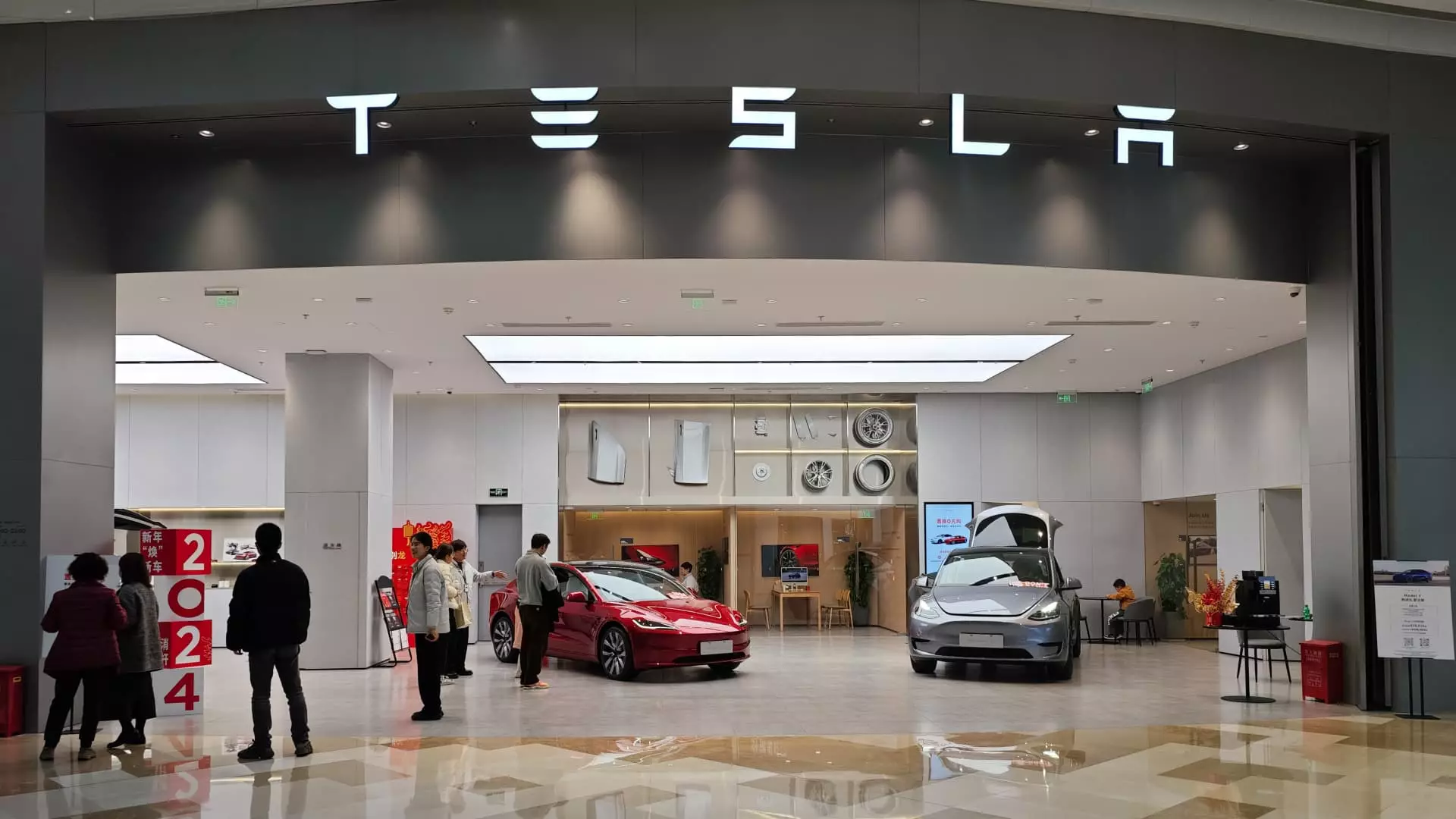The recent surge in Tesla’s stock after news of progress toward launching their Full Self-Driving (FSD) feature in China may not be as significant as it seems. Mark Hawtin, the investment director at GAM Investment Management, believes that the excitement surrounding Tesla’s FSD capabilities is misleading. Contrary to popular belief, Tesla’s FSD service does not offer fully autonomous driving but rather an assisted-driver capability.
While Tesla’s shares rose sharply after China lifted restrictions on its cars, allowing the company to move closer to launching FSD in the country, Hawtin remains skeptical. He points out that the current version of Tesla’s FSD is far from true autonomy and estimates that it may still take five to 10 years to achieve that level of technology. Additionally, the reported deal with China’s Baidu may benefit Baidu more than Tesla in the short term, given the intense competition in the Chinese market.
Despite Tesla’s efforts to enhance its FSD technology and expand its presence in China, the reality is that full autonomous driving is still a distant goal. The current Level 2 driver-assistance systems offered by Tesla fall short of the industry standards for true autonomy. While Tesla has been offering FSD features in China for years, the functionality remains limited to automated lane changing and similar operations.
The partnership between Tesla and Baidu, which allows Tesla to access Baidu’s mapping service license, is seen as a strategic move. However, the competition in China is fierce, with companies like BYD, Huawei, Xpeng, Li Auto, and Xiaomi all developing technology capable of Level 2 autonomy. This collaboration may give Tesla an edge in navigating Chinese roads but does not guarantee a significant advantage in the long run.
While the buzz surrounding Tesla’s roadmap to bringing FSD to China and CEO Elon Musk’s plans for more affordable models in the future may have fueled the recent stock surge, it is essential to look past the hype. Investors should be cautious about the true capabilities of Tesla’s FSD technology and the timeline for achieving full autonomy. GAM Investment Management, along with Hawtin, remains cautious about investing in Tesla and believes that true autonomy in driving technology is still a distant goal.
The recent developments in Tesla’s progress toward launching FSD in China should be viewed with a critical eye. The current FSD technology falls short of true autonomy, and the competition in the Chinese market is intense. While partnerships like the one with Baidu may provide short-term benefits, the road to achieving fully autonomous driving technology is long and challenging. Investors and consumers alike should temper their expectations and be mindful of the limitations of the current technology.


Leave a Reply